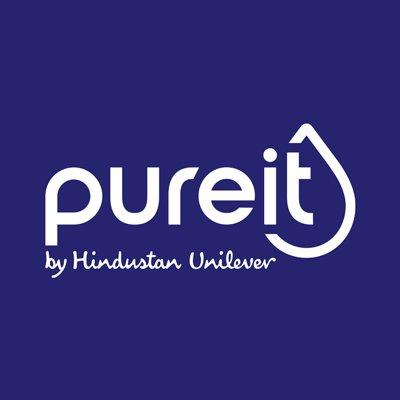Water is a precious resource that sustains life on our planet, and conserving it has become a global priority. As freshwater sources dwindle and population growth increases, adopting sustainable solutions for water usage is paramount. One innovative technology that has gained prominence in recent years is water-saving reverse osmosis (RO) systems. These systems not only provide clean drinking water but also significantly reduce water wastage compared to traditional RO systems. In this article, we will explore the benefits and working principles of water-saving RO systems, highlighting their potential to transform water conservation efforts.
Understanding Reverse Osmosis
Reverse osmosis is a water purification process that removes impurities, minerals, and contaminants from water by applying pressure to force it through a semi-permeable membrane. This technology has been widely used to improve the quality of drinking water, particularly in areas with poor water sources or high levels of contamination.
Traditional RO systems are effective at purifying water but are associated with a significant amount of water wastage. Typically, for every gallon of purified water produced, three to four gallons are discarded as wastewater. This wastefulness has long been a concern in water-stressed regions and led to the development of water-saving RO systems.
Water-Saving Reverse Osmosis Systems: How Do They Work?
Water-saving RO systems employ innovative engineering techniques to minimize water wastage without compromising the quality of purified water. These systems incorporate two key components: a high-efficiency membrane and a sophisticated recycling mechanism.
High-Efficiency Membrane: Water-saving RO systems utilize membranes with higher rejection rates, meaning they allow fewer impurities to pass through. By employing advanced membrane materials and designs, these systems can achieve higher purification efficiency and reduce the amount of wastewater generated.
Recycling Mechanism: Unlike traditional RO systems, water-saving RO systems incorporate a recycling mechanism that recovers a significant portion of the wastewater generated during the purification process. The recovered water is then redirected back into the system, reducing overall water wastage. This recycling machine can be either a separate loop or integrated directly into the RO system, ensuring a closed-loop system where water is conserved.
Benefits of Water-Saving RO Systems
Water Conservation: The primary advantage of water-saving RO systems is their ability to significantly reduce water wastage compared to traditional RO systems. By recycling wastewater, these systems can achieve water recovery rates of up to 50-75%, conserving a substantial amount of water in the process.
Environmental Impact: By reducing water wastage, water-saving RO systems help alleviate the strain on freshwater sources and ecosystems. They contribute to mitigating the ecological impact associated with water-intensive processes, such as agriculture, industrial manufacturing, and residential water consumption.
Cost Efficiency: Water saving RO systems offer long-term cost savings by reducing water consumption. For businesses and households, the conservation of water translates into lower water bills and a reduced carbon footprint.
Enhanced Sustainability: Embracing water-saving technologies like RO systems aligns with the global sustainability agenda. These systems promote responsible water management and contribute to achieving the United Nations' Sustainable Development Goal 6, which aims to ensure the availability and sustainable management of water and sanitation for all.
Conclusion
Water-saving reverse osmosis systems have emerged as a game-changer in water conservation efforts. With their ability to minimize water wastage while providing high-quality purified water, these systems hold immense potential for addressing the global water crisis. As we strive to build a more sustainable future, embracing and promoting water-saving technologies like RO systems becomes crucial. By adopting these innovative solutions, we can conserve water, protect our environment, and secure a better future for generations to come.
